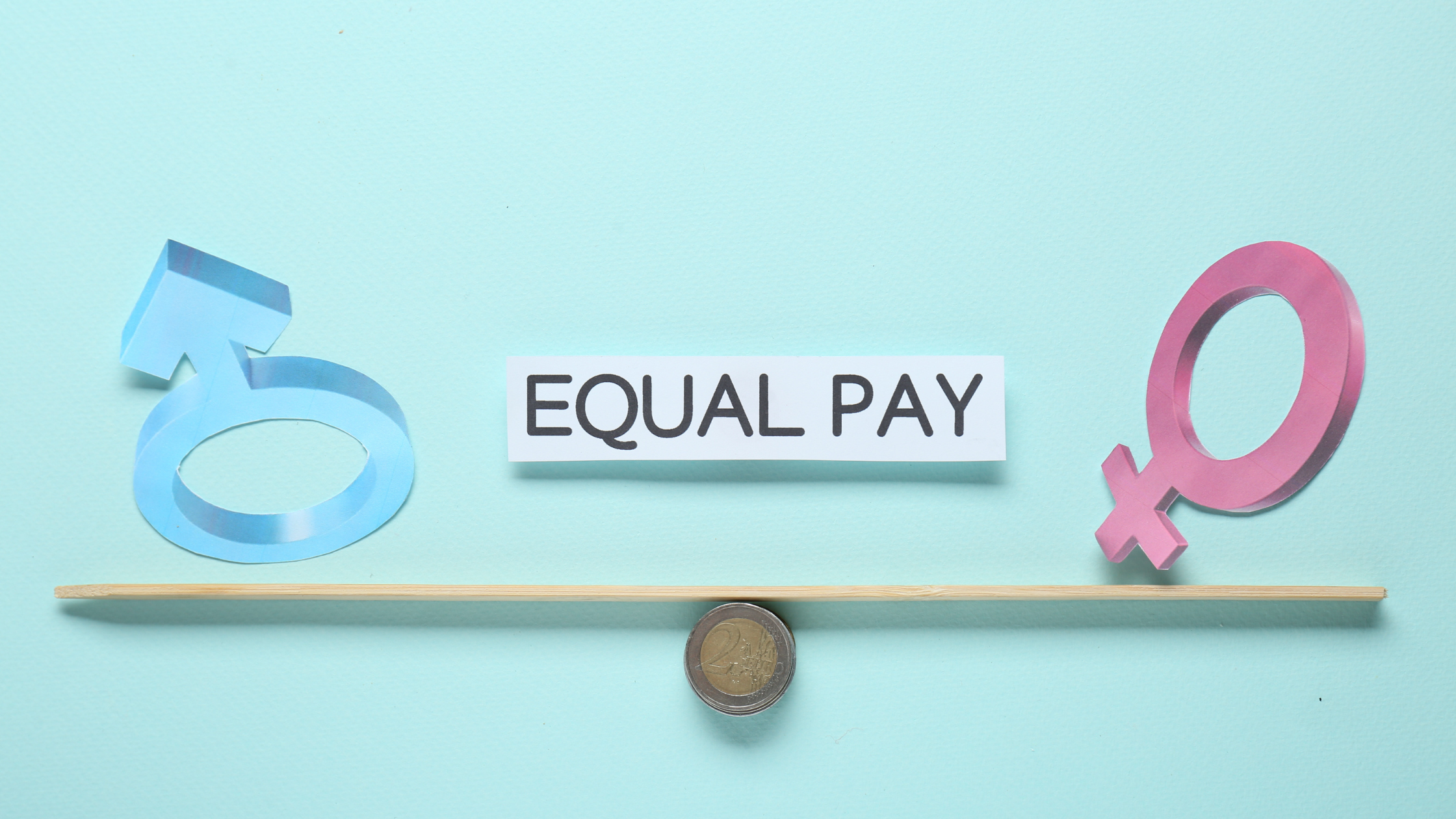Gender Pay Equality
The recent case of Elena Sabbatini v Peter Rowland Group Pty Ltd has again highlighted the importance of fair and equal pay in the workplace. The case has some important takeaways for employees but also sends a crucial reminder to employers that the current frameworks implemented to protect employees against unfair pay conditions means that now, more than ever, employees are likely to identify discrepancies in their pay conditions, which could be costly for businesses.
Overview of the case
I won’t bore you with every specific of the case (you can read it here if you’re interested), however, there are a few key elements of interest worth noting in this blog;
- Elena discovered that three male chefs working alongside her at her place of employment (Peter Rowlands Group (PRG)) were paid $15,000 per year more than her for the same work.
- Elena quit her job and took her employer to the Fair Work Commission seeking compensation.
- Four of Elena’s former colleagues provided evidence that she was a better performer than her male counterparts, to which PRG did not dispute.
- PRG argued that the disparity resulted from a retention strategy rather than because they were male.
- The tribunal found that clear “gender inequality in remuneration existed”; however, it dismissed the application for wage discrepancy, holiday pay, overtime and payments for extreme stress as Elena was no longer an employee.
An interesting takeaway from this case is that for employees to seek an equal pay order, they must be a current employee and cannot seek a remedy for past instances, rather the order will only lift their wages prospectively.
Importance of Equal Pay
According to the Workplace Gender Equality Agency (WGEA), equal pay is when men and women receive equal pay for work of equal or comparable value. In practical terms, this means that:
- Men and women performing the same work are paid the same amount
- Men and women performing different work of equal or comparable value are paid the same amount.
The term “comparable value” is understood by considering factors such as level of responsibility, exposure to risk, contribution to project outputs, complexity of work, rates of pay under industrial instruments and the organisation’s size.
Equal pay is not just about equal wages but takes into account discretionary pay, allowances, performance payments, merit payments, bonus payments and superannuation. Unequal pay is generally driven by gender bias and sex discrimination, along with the historical and systemic undervaluing of work traditionally associated with women. As much as we’d love to believe that these types of behaviours and biases don’t exist, they most certainly do.
In business, providing equal pay has several long-lasting benefits including;
- Assists in attracting and retaining diverse and talented staff
- Improves overall morale and productivity across the workforce
- Attracts new business opportunities
- Reduces risks to the business, reputation and branding; and
- Ensures compliance with legal obligations
The Australian workforce has taken enormous steps in the right direction in achieving equal pay, however there is still a long way to go. There are now many frameworks in place to set clear expectations of businesses regarding their legal obligation in this space.
Frame Works
Achieving equal pay is not a new concept, and in fact, it was first seriously considered in 1969 in a landmark decision that saw Australian women win the right to be paid the same as men for doing the same work or work of equal or comparable value.
Since then, a number of legislative Acts have been enacted to support this notion, including;
- 1984 – Sex Discrimination Act (Cth): prohibits sex discrimination in employment. This includes unequal pay if it is for a discriminatory reason.
- 2009 – The Fair Work Act (Cth): the Fair Work Commission must consider equal pay in minimum wage and Awards, and it can make equal remuneration orders to ensure equal pay.
- 2010 – Equal Opportunity Act (Vic): Imposes a positive duty on employers to eliminate discrimination within the workplace, including unequal pay on the basis of sex.
- 2012 – Workplace Gender Equality Act (Cth): requires non-public section employers with 100+ employees to report on equal remuneration between men and women.
- 2020 – Gender Equality Act (Vic): requires public sector employers with 50+ employees to take positive steps toward gender equality including conducting audits, action plans and progress reports.
Further to this, employees now have the ability to share information with each other relating to their pay and other employment terms thanks to the introduction of pay secrecy provisions in the Fair Work Legislation Amendment (Secure Jobs Better Pay) Act introduced in late 2022.
Nothing holds employers more accountable than their employees lawfully being able to compare their pay details with their colleagues.
In addition to the complete transparency that the Secure Jobs Better Pay Act encourages, the Workplace Gender Equality Agency (WGEA) has additional requirements for businesses with 100+ employees to complete mandated reporting on the pay conditions of every employee. The required reporting specifically looks at six gender equality indicators including;
- Gender composition of the workforce.
- Gender composition of governing bodies of relevant employers.
- Equal remuneration between men and women.
- Availability and utility of employment terms, conditions and practices relating to flexible working arrangements for employees and working arrangements supporting employees with family and caring responsibilities.
- Consultation with employees on issues concerning gender equality in the workplace and
- Sexual harassment, harassment on the grounds of sex or discrimination.
Previously, these reports have been accessible to those completing them, that is, until this year. In an attempt to achieve complete transparency, employees (or prospective employees) can now publicly access this information to inform themselves of the pay conditions in their current or future workplaces.
Cue panic stations.
Key Take Aways
If you’re not already paying men and women equal pay for work of equal or comparable value, you’re behind the eight ball. Not only is it a missed opportunity to attract and retain a skilled and diverse workforce, but it is also highly unlawful and could end up costing the business financially and reputationally.
As business owners, there are some simple steps you can put in place to ensure your compliance in this space including;
- Conduct annual pay auditing on your entire workforce to establish any pay discrepancies.
- Audit your leadership team to identify the gender ratio with a view to ensure everyone is afforded the same opportunity to perform in senior roles.
- Develop a pay banding system that encourages complete transparency regarding pay ranges for specific roles.
- Practice wage transparency at a senior leadership level to model acceptable behaviour for the rest of the business and
- Consistently upskill leaders in workplace diversity and inclusion initiatives to avoid gender bias creeping in.
If you’re interested in implementing any of the above strategies or chatting through some additional workplace protections, don’t hesitate to reach out for a chat.
Written by Madeleine Bray
Continue Reading
Get a personal consultation.
Call us today at 1300 959 560.
Here in HR Gurus. We make HR simple because it should be.





